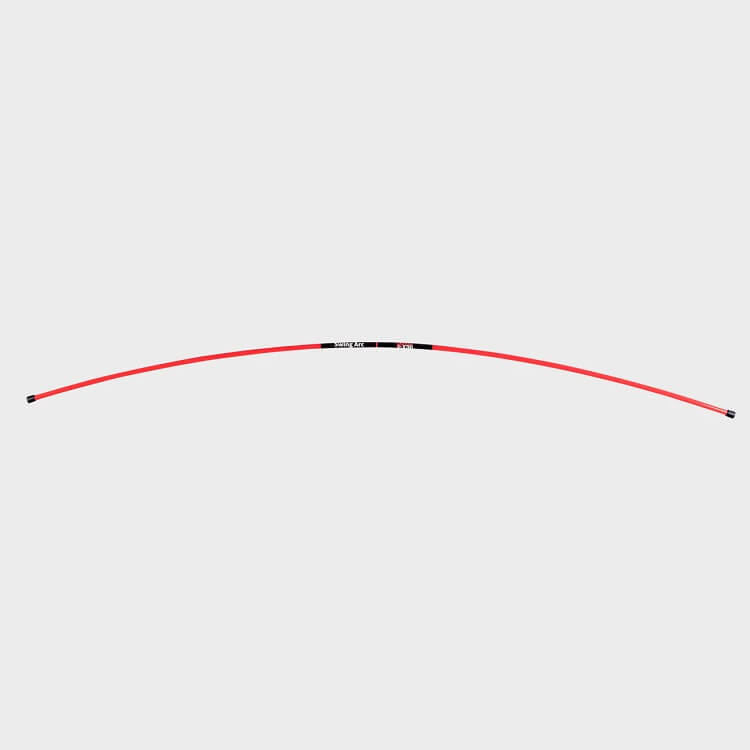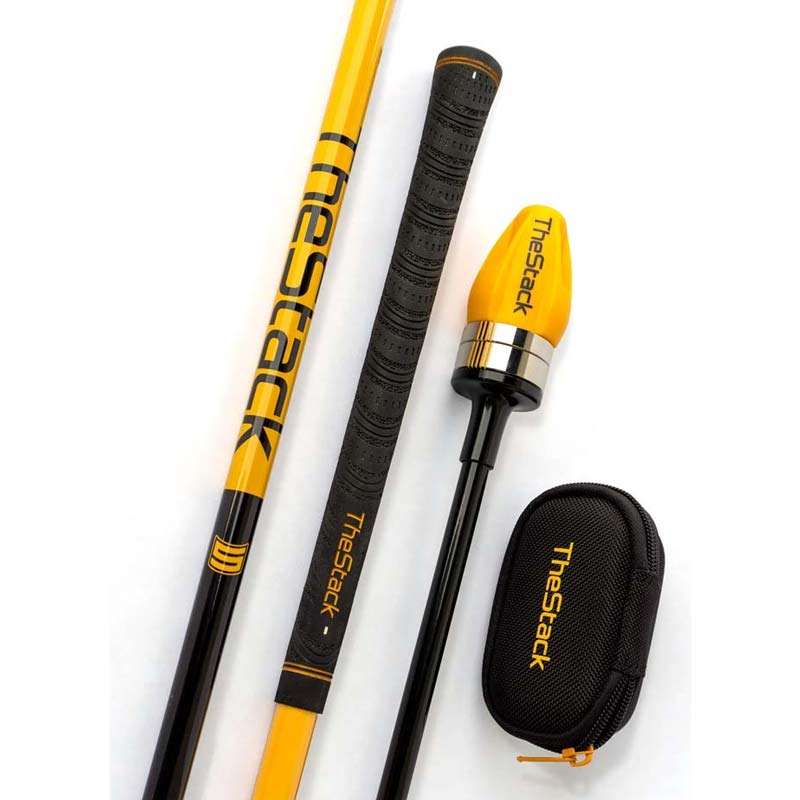4 tips to help you stop chunking your irons once and for all

Want to learn how to stop chunking your irons on the golf course? Use these tips from GOLF Top 100 Teacher Eric Alpenfels.
Getty Images
Welcome to Play Smart, a regular GOLF.com game-improvement column that will help you play smarter, better golf.
I was recently playing a decent round at a public golf course during one of my work trips. Everything was great. The sun was shining. The birds were chirping. The course was playing fast. I felt good and was hitting the ball nicely.
Then, it happened.
On three separate occasions, I chunked iron shots after smoking my drive into the middle of the fairway. Not only did it ruin those holes for me — causing me to bogey twice and double bogey another — but it got me thinking deeper: Why is this happening, and how can I stop chunking my irons?
That’s where having access to a GOLF Top 100 Teacher like Eric Alpenfels comes in handy.
Almost immediately after my round, I asked Alpenfels some questions about what might be causing me to chunk my iron shots, and, more importantly, if there are some tips golfers can use to correct the problem.
In today’s Play Smart, we tackle that very issue, with Alpenfels sharing some of his knowledge on the topic. So take a look below at some ways to stop chunking your irons — which will lead to less stress on the course and (hopefully) some lower scores.
Reasons why you might be chunking shots
Not all chunked shots are created equally. Sure, the result is the same — poor — but many players chunk for different reasons.
That’s why Alpenfels told me the first thing to correct the issue is to determine one of four reasons why it’s happening.
Is your clubhead path too much to the left through impact? If so, Alpenfels says that “the divot would be going left, slightly toe deep, and impact would tend to be on the toe of the club with most shots.”
On the contrary, your clubhead path could be too much to the right through impact. When this happens, Alpenfels says the divot would be shallow and going too much to the right.
“The tendency would be to hit one heavy and then barely take a divot on the next swing,” he said. “Contact could be centered on the club, but it could tend to be toed depending on the severity of the path.”
Another possible reason for chunking iron shots is because you’re lowering your body too much through impact. This means, Alpenfels says, that the divot would be stubby and deep behind the ball. “Contact would be fairly centered and just grounded before the ball,” Alpenfels said.
Lastly, Alpenfels says that a player coming out of posture through impact could lead to a chunked shot, which would make the divot “slightly inside the target line, typically toed, with the occasional shank.”
How to stop chunking irons
Now that you have an idea of what might be causing those chunked shots, let’s get to the real reason you’re here — to find out how to stop chunking iron shots. Below are four tips from Alpenfels, which addresses the four reasons it might be happening.
1. Divot left
Try using a training aid like an alignment stick.
Place one alignment stick as the target line, and the second at approximately a 10-degree angle to the right. Using a 6-iron, make some rehearsal swings and get the feel of swinging the clubhead to the right through impact (parallel to the second alignment stick that’s aiming right).
Once you have a feel for the motion, attempt to hit some 6-irons with a teed ball, recreating the rehearsal swing. Do a rehearsal swing prior to each shot being hit.
Initially, contact will be sporadic, but will get better once you have gotten used to the more neutral clubhead through impact.
2. Divot right
Same idea as above; just have the second alignment stick point 10 degrees to the left instead of to the right.
The key with these two changes is the rehearsal swing. Taking a rehearsal swing gives golfers the proper feel and allows for an opportunity to compare the rehearsal swing to their swing for contact.
3. Lowering body through impact
For this, try a drill where you’re swinging above the ball.
Address a teed ball with a 6-iron and normal posture, lift the clubhead slightly above the ball (about 2 inches), and make rehearsal swings back and forth. Be sure to make a mental note of the feel of your body, standing tall through impact (to avoid hitting the ball), rather than lowering the body through impact.
Gradually increase the length and speed of the swing in the rehearsal swings, and then recreate the feeling of staying tall through impact when hitting the ball.
As with all of these suggestions, the key to making the change is the comparison of the swing hitting the ball to the rehearsal swing. Take that feeling and repeat.
4. Coming out of posture
Try working on finishing balanced.
In a rehearsal swing, the golfer should make note where their body weight is in the finish of the swing. Typically, someone coming out of their posture will have more weight on their toes through impact rather than their left heel (for a right-handed golfer).
This rehearsal swing should be made multiple times, focusing on finishing the swing with the weight on the left heel, rather than the toes.
After addressing a teed ball with a 6-iron and normal posture, the rehearsal swing should be recreated to the ball as much as possible.















